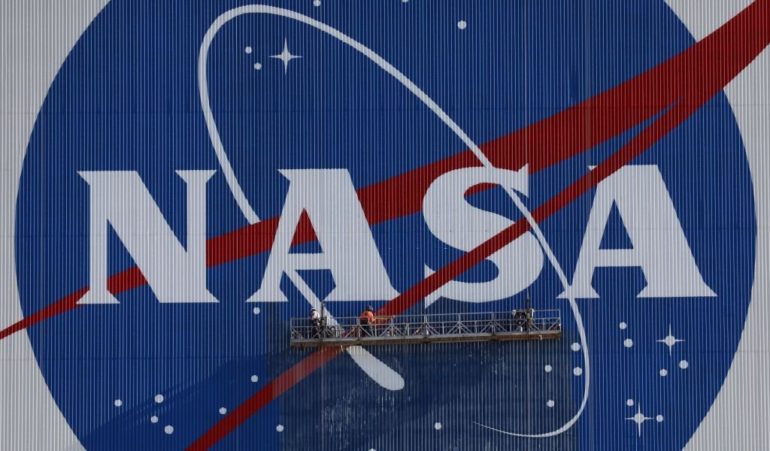NASA is resurrecting an ancient concept in order to send people to Mars. It is collaborating with the Defense Advanced Research Projects Agency (DARPA) to conduct space tests of a nuclear thermal rocket engine with the goal of employing the technology for crewed trips to Mars. The organisations plan to “show advanced nuclear thermal propulsion technologies as early as 2027,” according to NASA Administrator Bill Nelson. “With the assistance of this new technology, humans might travel to and from deep space quicker than ever before – a significant capacity for preparing for crewed trips to Mars.”
NASA’s Space Technology Mission Directorate will oversee the technical development of the engine, which will be coupled with a DARPA experimental spacecraft under the Demonstration Rocket for Agile Cislunar Operations (DRACO) programme. According to NASA, nuclear thermal propulsion (NTP) might enable spacecraft to move quicker, reducing the number of supplies required to complete a lengthy journey. An NTD engine might also free up room for more scientific equipment and provide more power for instruments and communication.

